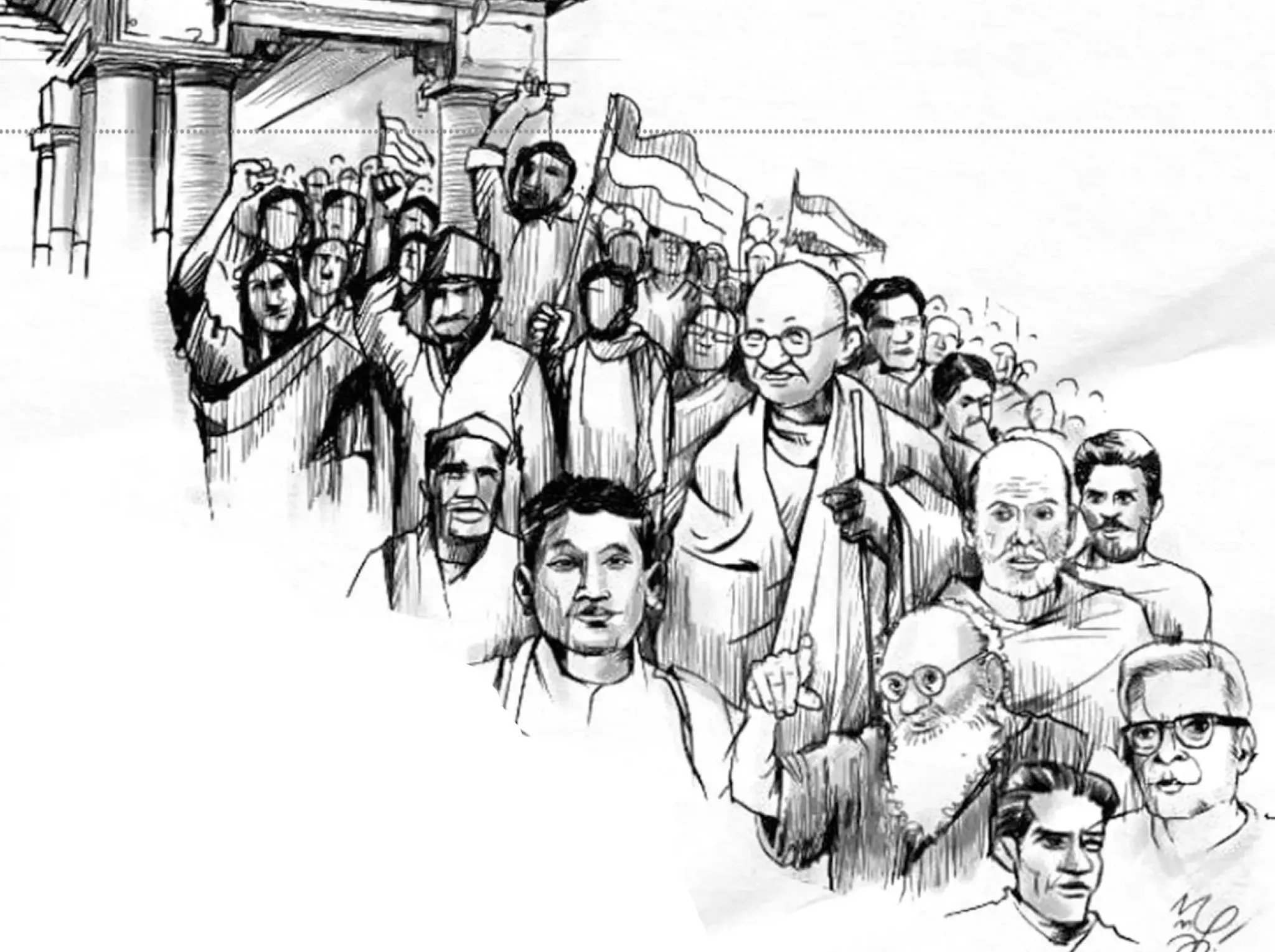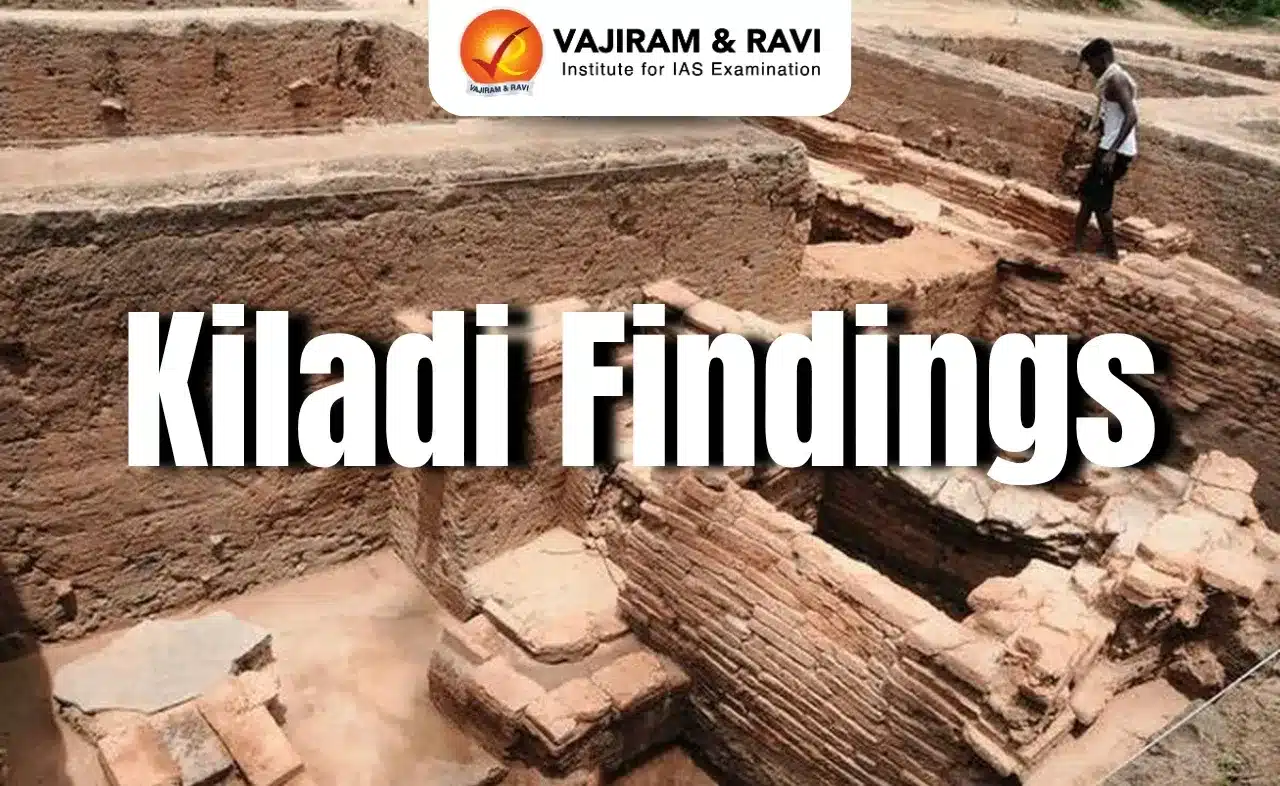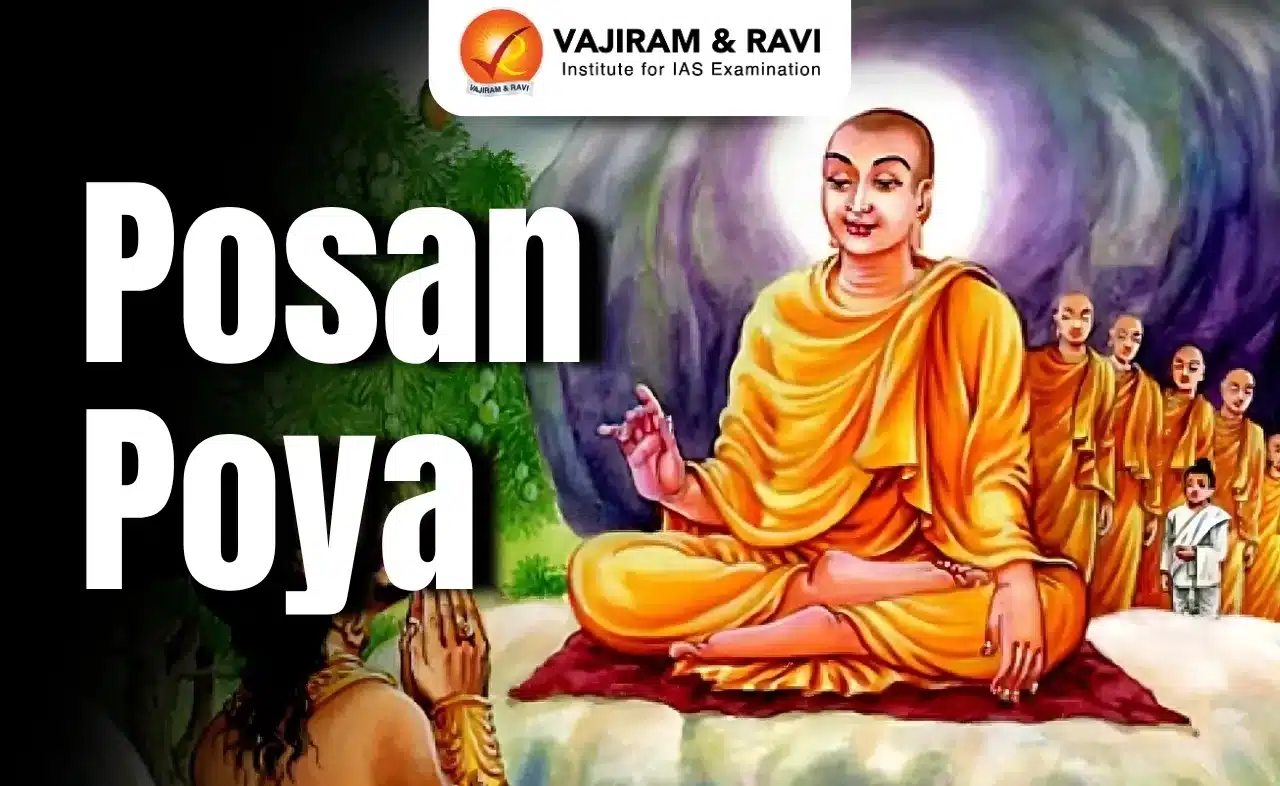About Vaikom Satyagraha:
- It was a social reform movement which originated and took its place at Vaikom, then part of the princely state of Travancore, in Kottayam district of Kerala, during the period of 1924-1925.
- It was the dawn of temple entry movements in India.
- Background:
- The Vaikom Mahadevar Temple was the epicenter of the town, and Dalits wereprohibitedfrom entering the temple premises or even using the road that encircled the temple.
- In AICC (All India Congress Committee) meeting in Kakinada in 1923, T. K Madhavan, along with Sardar Panikkar and KP Kesava Menon, submitted a petition to the Travancore legislative council.
- The petition sought to grant the right to temple entry and worship of gods for all sections of the society, irrespective of caste, creed, and community.
- During a tour of the region by leaders like K. Kelappan, a demandwas made to allow everyone to use the road, but the temple authorities refused.
- This refusal led to the commencement of Satyagraha.
- The Satyagraha was led by prominent leaders such as K. Kelappan, T. K. Madhavan, and K. P. Kesava Menon, among others.
- Young volunteers from all over Kerala joined the Satyagraha to fight against untouchability.
- A lot of prominent political and social personalities, including Mahatma Gandhi, had a role in the satyagraha.
- Mahatma Gandhi supported the movement unconditionally and visited Vaikom in 1925.
- Periyar E.V. Ramasamy arrived in Vaikom on April 13, 1924, after several of the movement’s leaders were jailed, and he provided crucial leadership to it.
- Sree Narayana Guru also extended his support and co-operation to the Vaikom Satyagraha.
- Despite the authorities’ attempts to suppress the Satyagraha, it ultimately succeeded in opening the temple roads to everyone.
- The Satyagraha came to a close on November 23, 1925, a total of 604 days after it began in March, 1924.
- In another three years, the Travancore government would order that temple roads across the state be opened to all.
Q1: Who was Periyar E.V. Ramasamy?
Erode Venkatappa Ramasamy (17 September 1879 – 24 December 1973), commonly known as Periyar or Thanthai Periyar, was an Indian social activist and politician who started the Self-Respect Movement and Dravidar Kazhagam. He is known as the ‘Father of the Dravidian movement’. He rebelled against Brahminical dominance and gender and caste inequality in Tamil Nadu.
Last updated on June, 2025
→ UPSC Notification 2025 was released on 22nd January 2025.
→ UPSC Prelims Result 2025 is out now for the CSE held on 25 May 2025.
→ UPSC Prelims Question Paper 2025 and Unofficial Prelims Answer Key 2025 are available now.
→ UPSC Calendar 2026 is released on 15th May, 2025.
→ The UPSC Vacancy 2025 were released 1129, out of which 979 were for UPSC CSE and remaining 150 are for UPSC IFoS.
→ UPSC Mains 2025 will be conducted on 22nd August 2025.
→ UPSC Prelims 2026 will be conducted on 24th May, 2026 & UPSC Mains 2026 will be conducted on 21st August 2026.
→ The UPSC Selection Process is of 3 stages-Prelims, Mains and Interview.
→ UPSC Result 2024 is released with latest UPSC Marksheet 2024. Check Now!
→ UPSC Toppers List 2024 is released now. Shakti Dubey is UPSC AIR 1 2024 Topper.
→ Also check Best IAS Coaching in Delhi






















